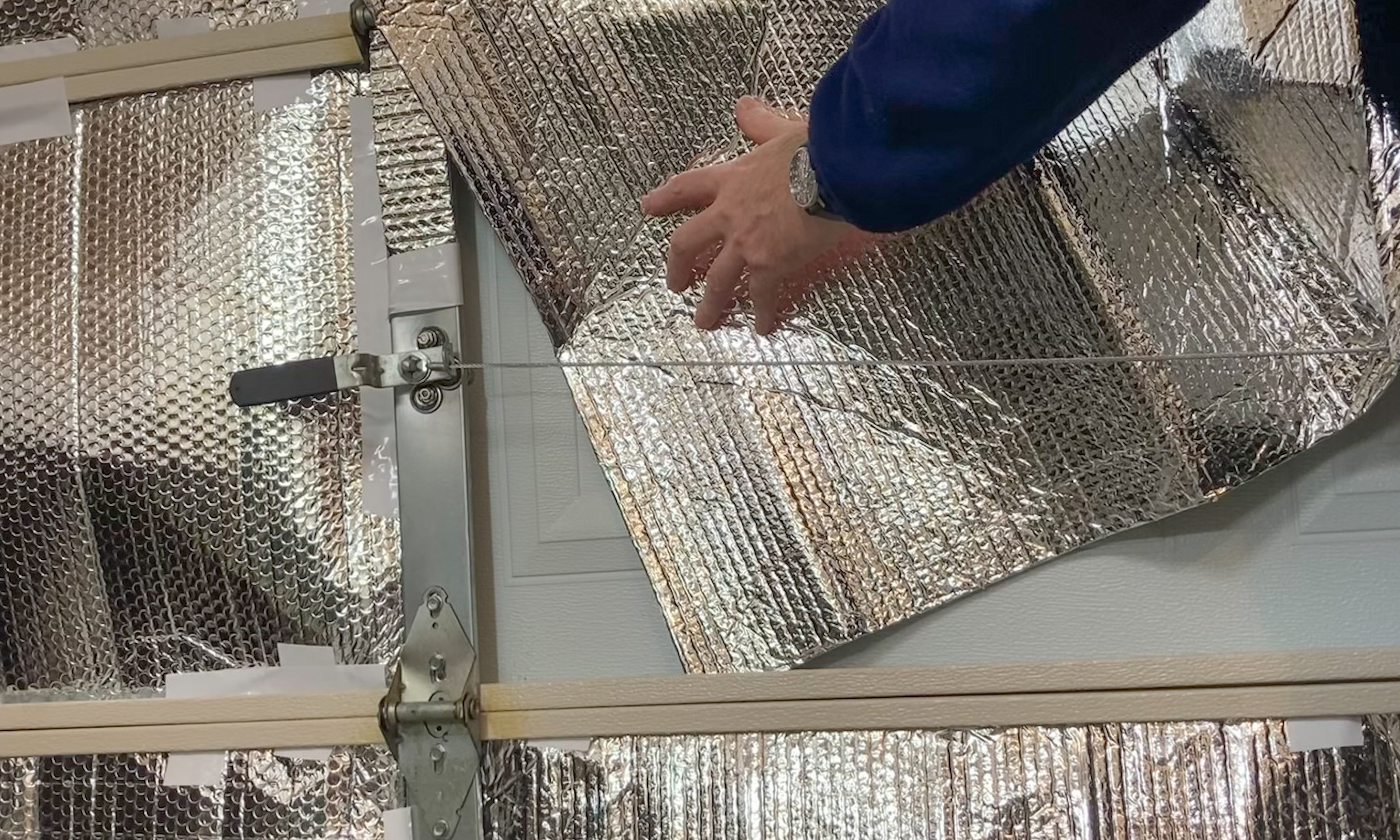

Insulate a shed and you can better regulate the temperature inside. It’s a great idea if it doubles as a workshop, making it more comfortable for you to use both in cold weather and hot.
An insulated shed might also prove a better environment for the items you store inside it. Their quality can deteriorate in extremes of temperature, and their useful life might be shortened so they have to be replaced sooner, bringing you unwelcome expense.
Our step-by-step guide has all you need to know about how to insulate a shed, whichever size and style is the best shed for your yard.
How to insulate a shed: step-by-step
It’s not hard to insulate a shed and it’s definitely a job you can do yourself. We’ve got the details you need to get the work done.
You will need:
- Measuring tape
- Sharp knife, if required
- Roll roofing, if required
- Hammer
- Foam filler
- Insulation (bubble wrap, foam boards or fiberglass roll)
- Tape, if required
- Adhesive, if required
- Plywood, if required
- Heavy duty staple gun and staples
- Hand saw
- Everything you need to know about attic insulation.
1. Clear the shed
To get full access to the shed remove all of its contents. This will enable you to check for any gaps or holes, and also to look for any evidence of leaks from the roof which may have been concealed by the items stored inside the building.
2. Check the roof
A shed will lose heat through the roof, so before you begin on insulating the walls, floor, and around the window(s) and door, check that roll roofing isn’t loose. If it is, nail it down.
If it is damaged (or the shed has been leaking), then to better insulate a shed you will need to replace the roofing. Smaller areas of damage? You can fit patches instead.
3. Seal around door and windows
The areas around the door and drafty windows of the shed could be letting in cool air, so gaps should be sealed.
‘Use a hardening foam filler next to the window edges and door frame openings,’ advises Robert Johnson, founder of Sawinery in Connecticut.
See our guide to how to insulate windows for more information.
4. Choose insulation for the walls
To insulate a shed via its walls, there’s a choice of materials, including bubble wrap, foam boards and fiberglass.
Fit bubble wrap insulation
Use bubble wrap in a shed made from wood rather than one made of plastic or metal.
Cut the bubble wrap intro strips to fit the frame of the interior walls of the shed, and attach using a heavy duty staple gun making sure the staples are in the framing.
‘To prevent heat escaping into any holes, overlap the bubble wrap strips,’ advises Robert Johnson.
If you don’t want the insulation on show, cut plywood to fit and cover.
Fit foam boards
Foam boards are an alternative to bubble wrap and easy to fit into the frame, cut to size if necessary. Tape the edges to hold them in place. In a shed made of wood, you can finish the walls by covering them with plywood if you prefer.
If you’re using foam boards in a metal or plastic shed, apply adhesive first, then press the boards into place.
Fit fiberglass insulation
You can use fiberglass insulation for shed walls if you want the very best insulation for yours. Use a roll with a vapor barrier to control moisture.
Cut to fit and press into place, then finish with plywood boards.
Always wear safety goggles and a face mask along with protective clothing and gloves if you’re working with fiberglass. This is also one of the best methods of garage insulation, too.
5. Insulate the floor
It’s easiest to insulate a shed floor when you’re building it. But it is possible to improve the insulation of an existing shed floor.
To do so, you’ll need to remove the flooring. Fit blocks of wood to each corner of the joist cavities at the bottom to act as a support for foam boards.
Cut the foam boards to fit between the floor joists, laying them flush with the top of the joists. Replace the floor.
Don’t want to lift the floor? ‘Put down a breathable membrane and line it to the floor and lay a rug or some piece of clothing like a carpet on top,’ suggests Robert Johnson. Alternatively, you could invest in insulated floor tiles to provide insulation for the shed floor.
If you want to know more about insulating floors in your home, see our guide to how to insulate a floor.
- A guide to floor insulation around the home.
How can I insulate my shed cheaply?
Insulating a shed can be an inexpensive project. ‘If your shed is simply for storage, then depending on what you’ll be keeping in there, minimal insulation will do just to maintain storage temperatures,’ says real estate broker and co-founder at Pool Research Michael Dean.
‘Bubble wrap is the cheapest way to insulate your shed,’ says Robert Johnson. Using bubble wrap is a great strategy if you want to insulate on a low budget and it’s easy to work with, too. Although you don’t have to cover it with plywood once installed, it is best used in conjunction with it.
Live somewhere with a warmer climate? ‘Since sheds usually don’t have any air conditioning, the most important task in warm climates is to keep the heat out,’ says Ezra Laniado, founder and president of Los Angeles-based Landmark Construction Crew.
‘Your best bet to keep the heat out is to use a radiant barrier. Apply a radiant barrier under your roof decking and feel the difference. Radiant barriers lower the heat by as much as 10 to 15 degrees by blocking the UV rays of the sun and reflecting a good proportion of the sun’s heat away.’
Is it worth insulating a shed?
Insulating a shed isn’t a must-do project, of course, unlike knowing how to insulate a sunroom. However, it can make it a more pleasant place for you to spend any time, and can keep the items stored inside in better condition.
Be guided by the size and material the shed is made from when you’re considering whether to insulate it. ‘A small plastic shed, for example, isn’t designed to hold insulation,’ says Melanie Musson, a home maintenance expert with Clearsurance. ‘A stick-built shed with two-by-four or two-by-three studs will be pretty easy to insulate.’
Bear in mind that if the shed is in poor condition, though, and is leaking badly or has large gaps around windows, it may be better to construct a new shed.
However, if your shed is in decent condition, insulating it can be a relatively low cost and simple project for a DIY enthusiast, and will improve the building in the same way that garage insulation can improve this space.
Join our newsletter
Get small space home decor ideas, celeb inspiration, DIY tips and more, straight to your inbox!

Sarah is a freelance journalist and editor writing for websites, national newspapers, and magazines. She’s spent most of her journalistic career specialising in homes – long enough to see fridges become smart, decorating fashions embrace both minimalism and maximalism, and interiors that blur the indoor/outdoor link become a must-have. She loves testing the latest home appliances, revealing the trends in furnishings and fittings for every room, and investigating the benefits, costs and practicalities of home improvement. It's no big surprise that she likes to put what she writes about into practice, and is a serial house revamper. For Realhomes.com, Sarah reviews coffee machines and vacuum cleaners, taking them through their paces at home to give us an honest, real life review and comparison of every model.
-
 5 DIY above-ground pool deck ideas on a budget
5 DIY above-ground pool deck ideas on a budgetThese above-ground pool deck ideas on a budget will add character and class to your outdoor space
By Becks Shepherd Published
-
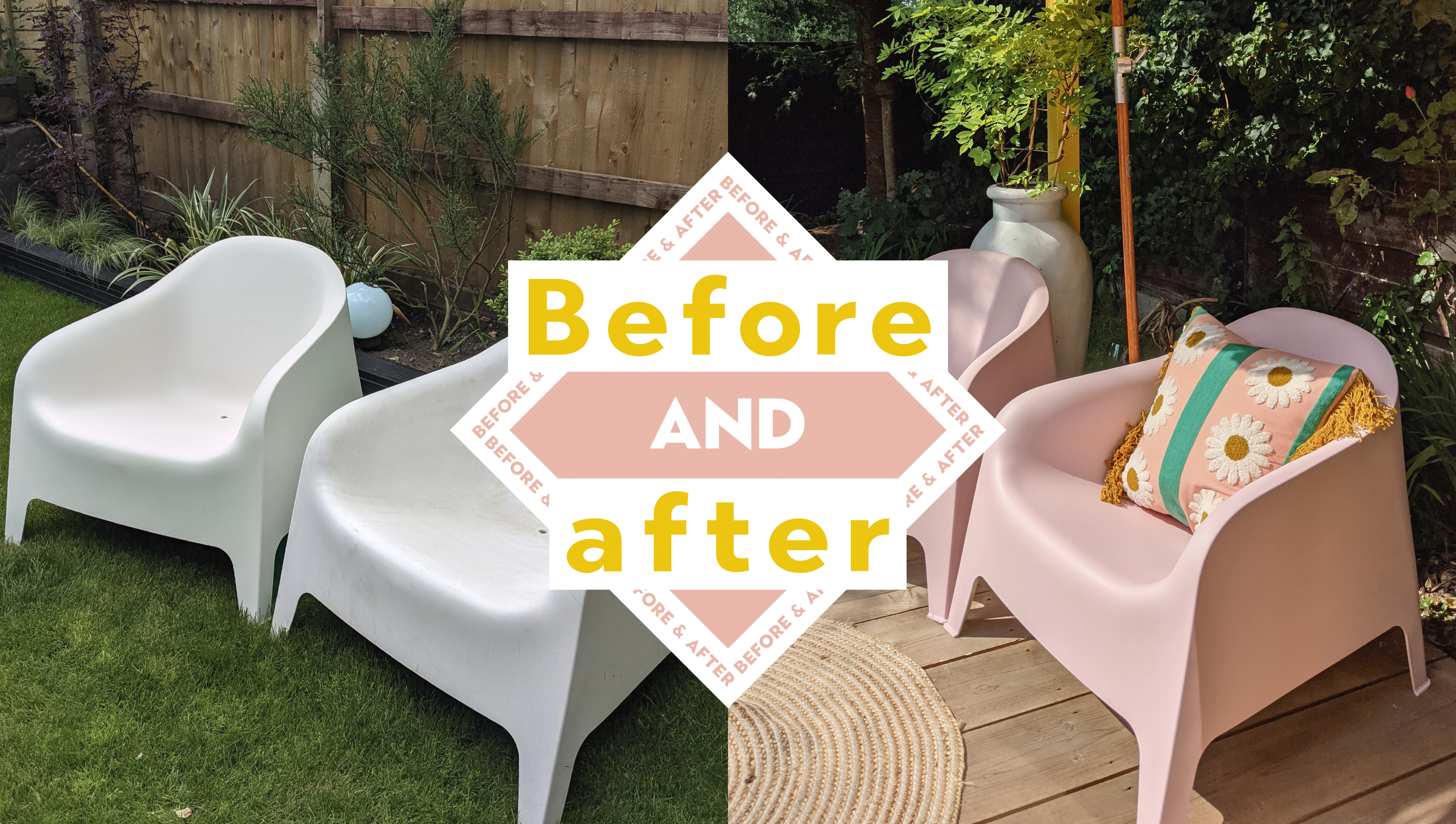 How to paint Ikea outdoor SKARPÖ chairs: from white to Champagne pink
How to paint Ikea outdoor SKARPÖ chairs: from white to Champagne pinkUK DIY blogger Jo Lemos shares how to paint the iconic IKEA SKARPÖ chairs for a budget yet bougie yard upgrade
By Jo Lemos Published
-
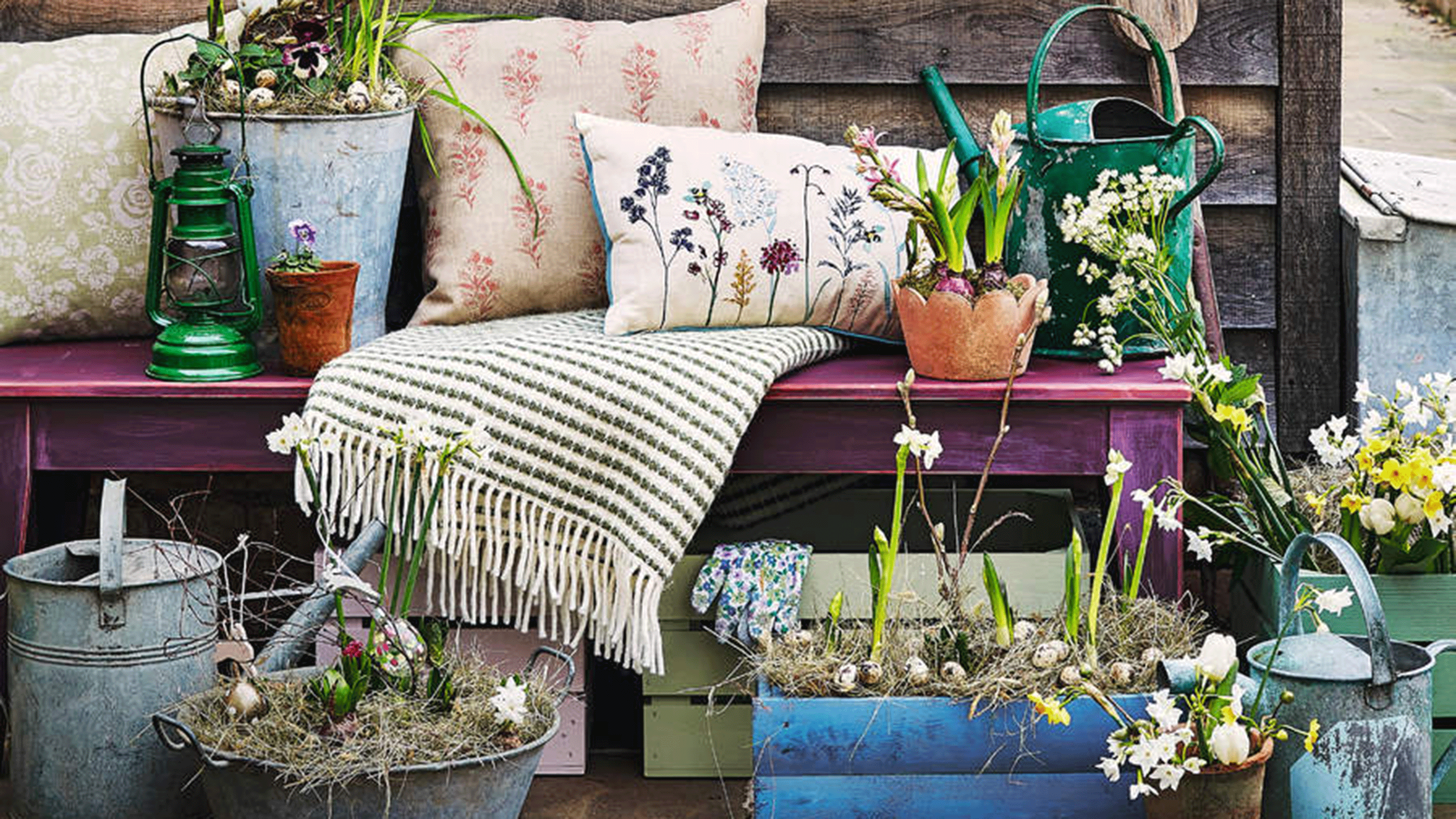 22 DIY alternative planter ideas: easy designs to dress up your porch or patio
22 DIY alternative planter ideas: easy designs to dress up your porch or patioWe guarantee you won't see these DIY alternative planter ideas in your local home improvement store
By Hebe Hatton Published
-
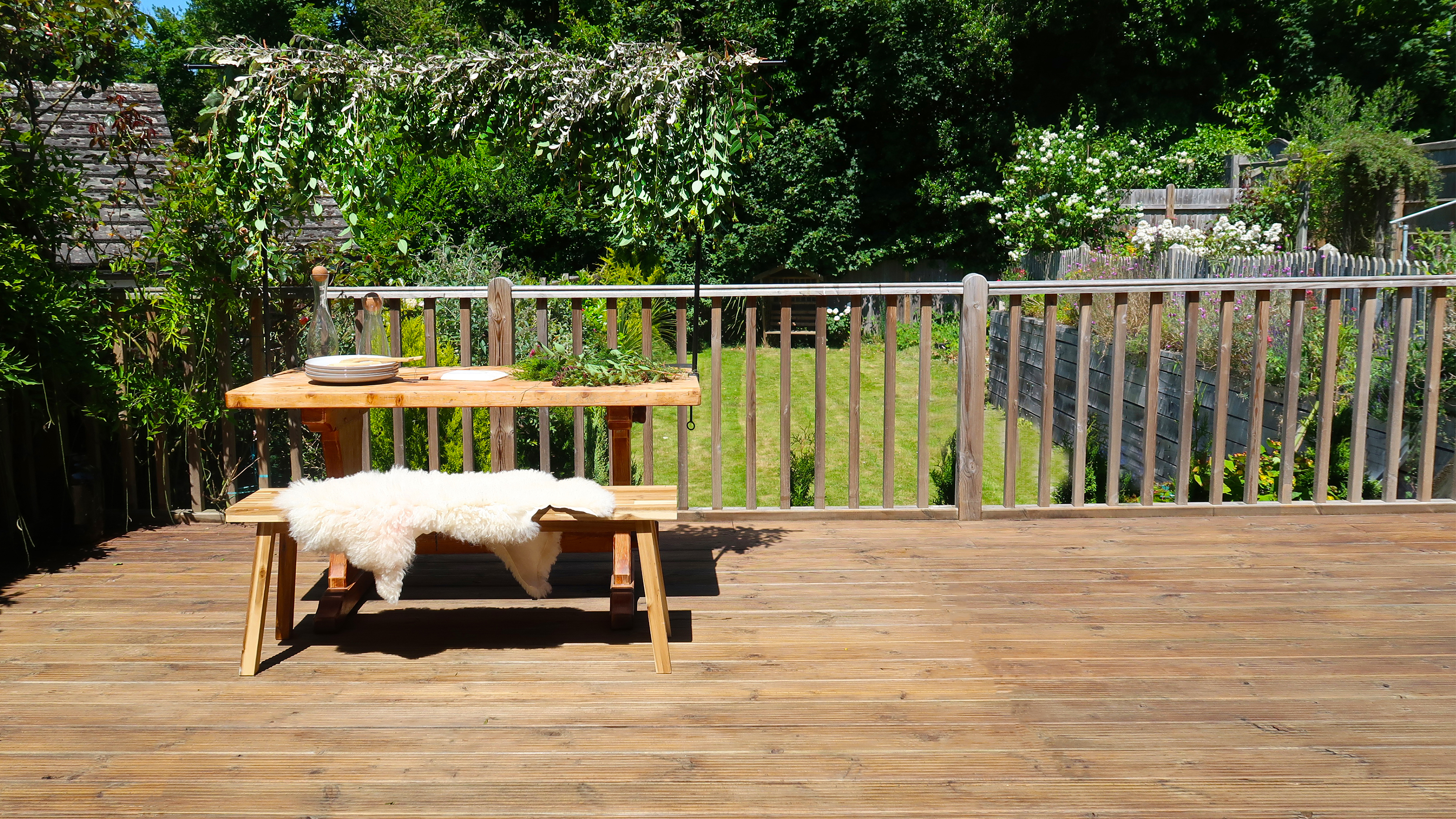 How to oil a deck step-by-step: protect and enhance your outdoor living space
How to oil a deck step-by-step: protect and enhance your outdoor living spaceBring tired and faded decking back to life with our no-nonsense guide on how to oil a deck
By Claire Douglas Published
-
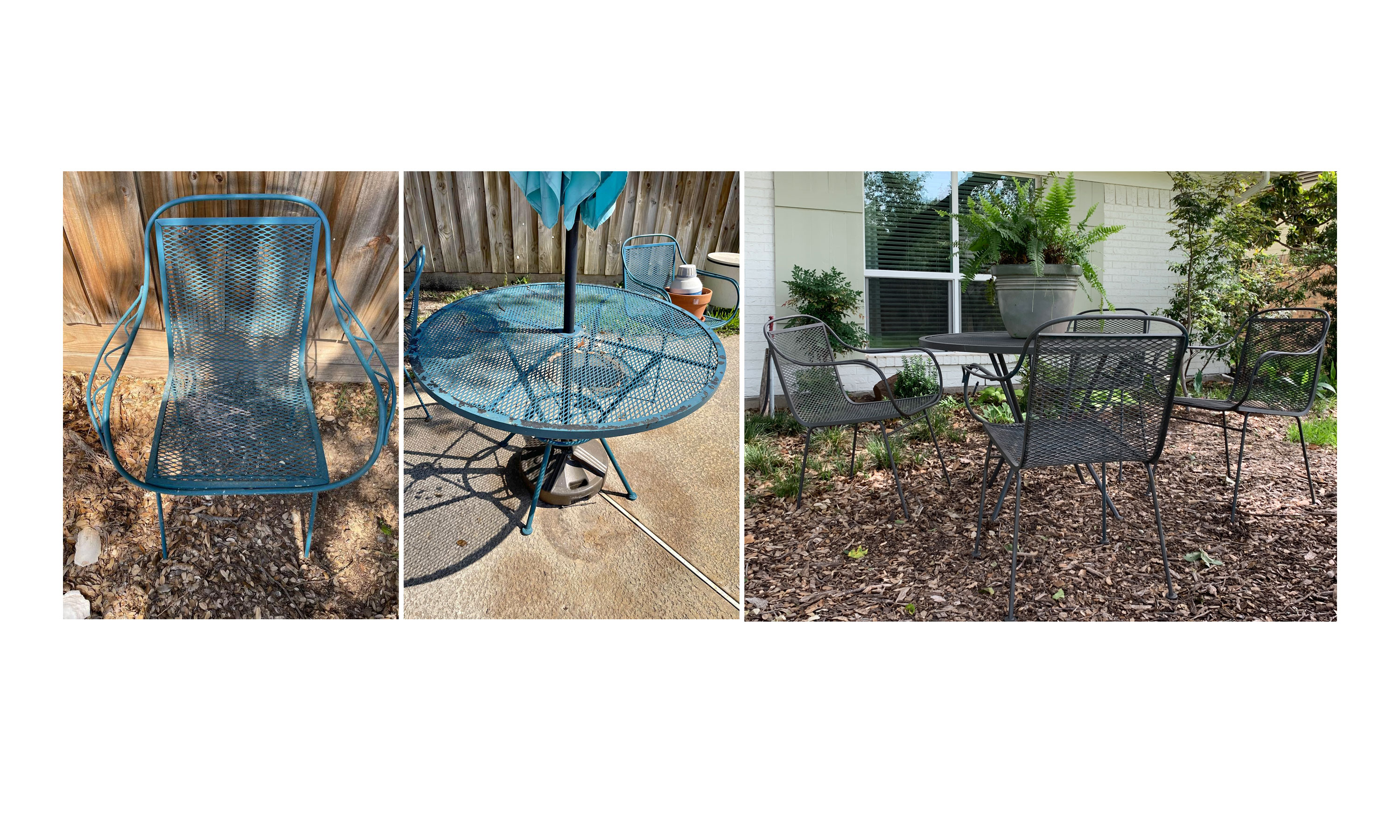 How to revive an old patio furniture set with spray paint, on a shoestring budget
How to revive an old patio furniture set with spray paint, on a shoestring budgetDIYer Jessica Nickerson used spray paint to bring a used metal patio furniture set, from Facebook Marketplace, back to life. Giving her front yard a speedy facelift, for next to nothing
By Camille Dubuis-Welch Published
-
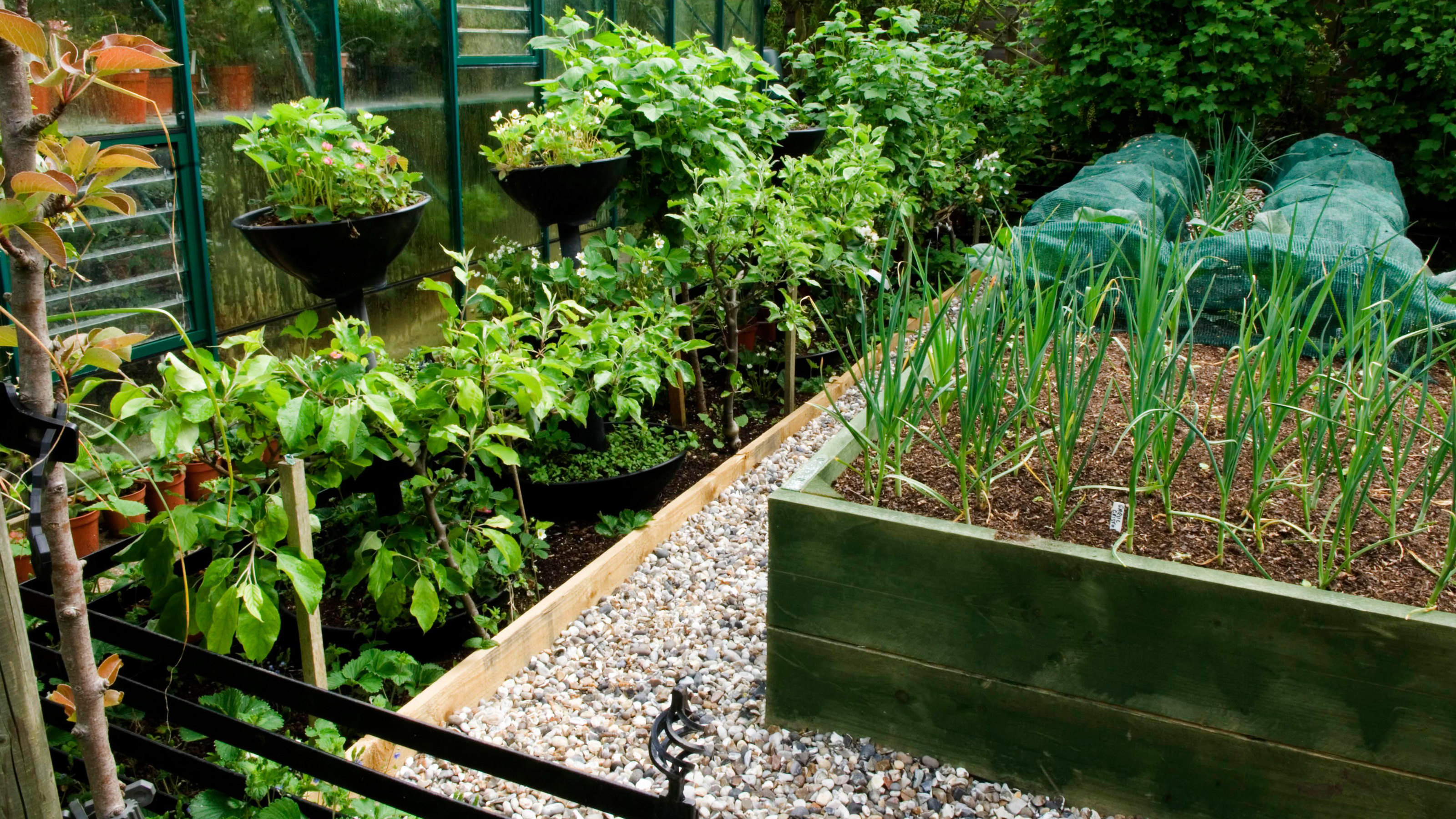 How to build a raised garden bed – everything you need to know about DIY raised bed gardening
How to build a raised garden bed – everything you need to know about DIY raised bed gardeningLearn how to build a raised garden bed with our budget-friendly DIY tips. Raised beds are a beautiful and practical way to grow vegetables and flowers easily.
By Melanie Griffiths Published
-
 How to build a smokeless fire pit
How to build a smokeless fire pitLearn how to build a smokeless fire pit and enjoy an outdoor fire without the air pollution
By Anna Cottrell Published
-
 13 striking shed paint ideas for a speedy garden update
13 striking shed paint ideas for a speedy garden updateThese shed paint ideas are sure to inspire a little DIY project and will add a glorious pop of color to your garden
By Hebe Hatton Published